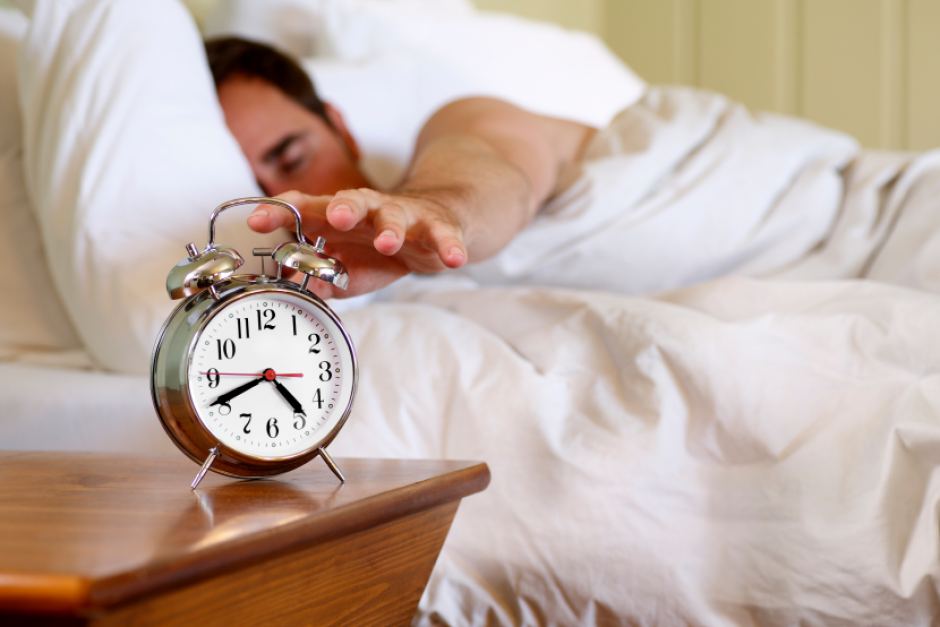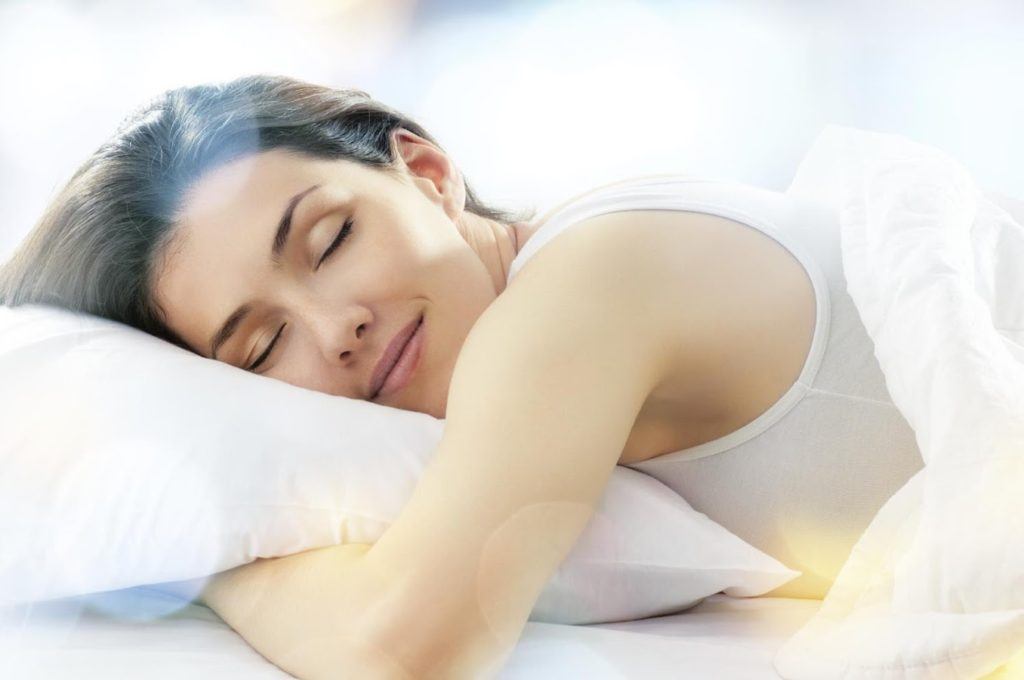In an ideal (read: pre-industrialised) world we would sleep and wake by our own body clocks. Facilities would be open when we needed them and being fashionably late just would not be a thing.
Unfortunately, pretty much everybody living or working by standardised business and school times or social practices need an alarm clock to unapologetically interrupt their slumber.
Unapologetically indeed, thankfully us witty humans have mastered the sleep-delaying art of the multiple snooze button hit.
Hailing from the start of the industrial revolution, people from all over the world began naming claim to the invention of the alarm clock. Just as swift as the Knocker Upper was the introduction the automated snooze function.
Originally only being able to chime on the closest hour, the humble alarm clock got a revive with a strict nine-minute snooze.
It is this nine-minute holy grail of snooze time which has screamed its way into the 21st Century. Now with most people using their mobile phone’s alarm app more than even the phone function. Yes, the phone function, on a phone!
The modern phone still prescribes itself to the nine-minute mechanical limitation of the industrial era for the snooze function. It is this window of glorious snooze time that so, so many of us have perfectly choreographed into the sleep-to-awake, sleep-to-awake dance that drags our lagging bodies out of bed each morning.
The Sleep-to-Awake Dance

For one, your body naturally starts to wake itself an hour before your eyes even began to crack.
From brain thoughts running a little more often, to unconscious stretches, our body’s know when the time is right to open your eyes.
Primarily this is because your body goes through sleep cycles, from a light slumber, through to deep REM sleep and back out again. Over and over all night long. Naturally, your body, everybody, wakes at the end of one of these cycles.
An alarm, however, interrupts your cycle, with little regard to its progress. This is where sleep experts derive the problem of alarm clocks. And where the concern for habitual snoozing comes into play.
While an alarm abruptly wakes you from any stage of a sleep cycle, the use of the snooze button consistently and on end sends your body in and out of various points of its sleep cycle.
Fragmented Sleep
The primary cause of this sleep-to-awake dance and cycle interruption is the simple fact that you need more sleep. The hour or so spent doing this snooze button tango is far less valuable than an actual hour worth of sleep.
If you have time in the morning to fit in even half an hour of snooze button tango than your body is most definitely better off just sleeping for half an hour longer.
It is this tango that could see you more tired and more lethargic than you would have been had you either just gotten up, or slept that extra hour.
The technical term is sleep inertia, and it affects everybody at one point or another. Inertia is the scientific term for something which is still, unchanged or constant. In humans, sleep inertia is the inability to shake off that drowsiness or sleepiness for hours after waking.
Under the effects of sleep inertia we are the personification of the sleepy dwarf, of the word ‘sleepy’ itself.
On The Other Hand…
Because you never know where in your sleep cycle you are, the use of a single snooze may be beneficial.
If your alarm catches you in the deepest part of your sleep cycle than it may be beneficial to enact that snooze button.
Being woken up in the deepest part of your slumber and then forcing yourself get up immediately is, well, needless to say, rough. It is probably why so many people prescribe to the cultural ritual of the snooze button tango to begin with.
Being woken up in the middle of a deep slumber or REM sleep immediately makes your bed seem all that more cosy.
Where as, on the other hand, letting that snooze function work some magic may be helpful. Yes, you still get woken up in the midst of a deep sleep, but at least you do not have to jump out of bed immediately. Your nine-minute snooze could help you ease into the day.
You Just Need More Sleep

If day in, day out, you are struggling to wake up, to will your body out of bed when your mind is still stuck on that pillow, points to one true thing.
You need more sleep.
Simple as that. No amount of snooze button tango, well-timed alarms can do you any good.
If you are not sleeping in total, fine-tuned comfort, you might need a new mattress. For the solution to a comfy night’s sleep, contact the team at Galligans Adelaide.
